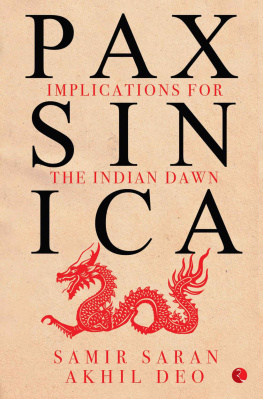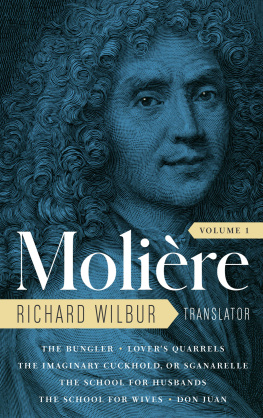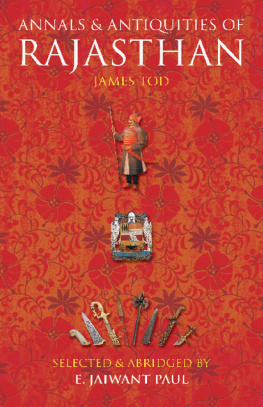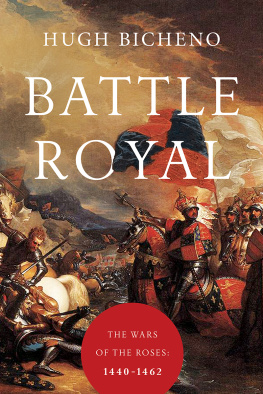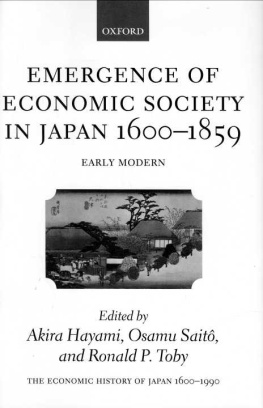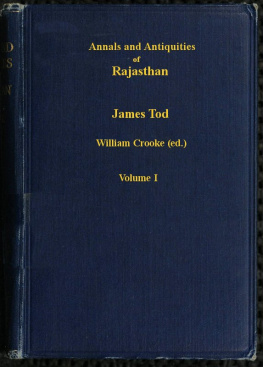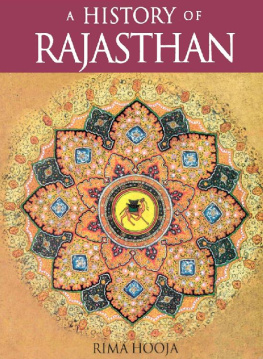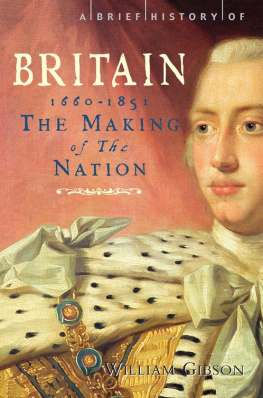THE METYO RHOS OF METO, RJASTHN:
SELECT TRANSLATIONS BEARING ON THE HISTORY OF
A RAJPT FAMILY, 1462-1660
Translated and Annotated by
Richard D. Saran and Norman P. Ziegler
Michigan Papers on South and Southeast Asian Studies Number 51
THE UNIVERSITY OF MICHIGAN
CENTERS FOR SOUTH AND SOUTHEAST ASIAN STUDIES
Open access edition funded by the National Endowment for the Humanities/Andrew W. Mellon Foundation Humanities Open Book Program.
Library of Congress Card Number: 2001091502
ISBN: 0-89148-085-4
Copyright @ 2001
The Regents of the University of Michigan
Published by The Centers for South and Southeast Asian Studies
The University of Michigan
1080 South University, Suite 3640
Ann Arbor, MI 48109-1106
Printed in the United States of America
ISBN 978-0-939512-43-0 (hardcover)
ISBN 978-0-472-03815-2 (paper)
ISBN 978-0-472-12762-7 (ebook)
ISBN 978-0-472-90157-9 (open access)
The text of this book is licensed under a Creative Commons Attribution-NonCommercial-NoDerivatives 4.0 International License: https://creativecommons.org/licenses/by-nc-nd/4.0/
VOLUME ONE
TRANSLATIONS AND NOTES
WITH
APPENDICES, GLOSSARY, INTRODUCTORY MATERIAL,
AND INDEXES
This work is dedicated to Nrya Sih Bh, Stra Las, Badrprasd Skariy, and John D. Smith,
Who edited the texts,
Compiled the dictionaries,
And wrote the grammars
Without which our endeavors would have been impossible.
The translations and accompanying notes which make up this work were originally funded by the National Endowment for the Humanities (NEH grant no. RL-00052-80-0960, 4-1-1980-3-31-1981). We are deeply grateful to the Endowment and its staff, particularly Dr. Susan Mango, David J. Wallace, Joyce F. Wendell, and Carrie Wolf, for their constant support both during the period of the grant and afterward. We also wish to express our appreciation to the anonymous reviewers who examined our proposal and found it worthy of consideration.
A special word of thanks is due to Dr. John D. Smith, of Cambridge, who read an early version of the translations with their accompanying notes and presented us with an outstanding critical commentary of immense value. He has saved us from many errors. In no way can he be held responsible for those that remain.
Many other persons have helped us in a variety of ways over the twenty years we have worked on this project. Frances Taft provided us with rare books from Rjsthan and thoughtful queries that led us to expand several areas of our research. Kailash Dan Ujwal and the late Indranath Bohra of Jodhpur, Rjsthan have both been helpful answering our questions about local history and culture. Peter E. Hook never ceased to prod us toward getting these volumes published. John F. Richards, Thomas R. Trautmann, and Stewart Gordon were decent enough to read portions of our work and offer enthusiastic encouragement. Members of the Rjsthan Studies Group, by their periodic questions and unceasing curiosity, have provided us with a powerful incentive to do justice to our sources and publish our results.
The late Om P. Sharma, formerly South Asia Bibliographer at the University of Michigan, was instrumental in acquiring books and microfilms on Rjsthan which simplified much of our research. Maureen Patterson, during her tenure as South Asia Bibliographer at the University of Chicago, helped provide us with copies of texts otherwise impossible to acquire.
Finally, we owe much to our spouses, Patricia Saran and Judy Ziegler, our friends, and our families, who somehow managed to remain both supportive and sympathetic over so many years.
TABLE OF CONTENTS
Illustration
Map
Table
The edited translations that comprise Volume I of this publication, and the Marriage and Family Lists and Biographical Notes that make up Volume II have one primary purpose: to provide a basis for better understanding Rajpts and the kingdoms of Rjasthn during the pre-modern period. Until recently, one major English language source has dominated this field: James Tods Annals and Antiquities of Rjsthan.
The writings of a number of historians in the last century have, of course, added much information to Tods Annals. These include notably Vr Vinod by Cr Kavirj ymalds in Urdu (Devangar script), however, despite the importance of Rajpts and their unique role in the history of pre-modern north India.
Richard Saran and I present here for the first time in English an integrated series of original documents dealing with the history of a Rajput kingdom during the middle period. The documents deal with the Rho Rajpts of Mrv, western Rjasthn. They trace the history of a particular branch (skh) of Rhos, the Metyos of Meto in eastern Mrv, over a period of some two hundred years from the mid-fifteenth to the mid-seventeenth century, and detail their relationship with the Jodho Rho ruling house of Jodhpur and with other contemporary ruling houses of Rjasthn and north India.
We have chosen to focus on the Metyos for several reasons. Their story records the emergence of a Rajput brotherhood (bhhandh - lit. brother-bound") into local prominence and follows the establishment of their kingdom on the eastern edge of Mrv as a defined territorial unit. The evolution of the Metyos as a brotherhood passed through several clearly defined stages. With regard to Jodhpur, Metyo relations were characterized initially, in the mid-fifteenth century, by a mixture of mutual support among brothers and brothers sons against outsiders, and by internal hostility over shares of ancestral lands, locally termed grs-vedh (lit. share-battle"), among these same brothers. A second stage developed in the early sixteenth century and involved a clear separation of the Metyos from the house of Jodhpur, with Metyo attempts to consolidate their claims to ancestral lands within their own kingdom and to assert an equal precedence alongside Jodhpur. A study of the Metyos in this context allows a unique view of the formation of a strong and independent Rajput cadet line, of the establishment and defense of a local territory, and of the internal relations among Rajput brotherhoods regarding issues of precedence, honor, patronage and service. The hostilities with Jodhpur that the Metyo assertion of independence engendered occurred at a time of great political and social change in north India. This change included the collapse of the Delhi Sltanate before the Mughal advance under Bbur, the rise of the Afghan Sher Shh Sr (1540-45) to rule in Delhi, and the reconsolidation of Mughal authority under Akbar (1556-1605).
The long and bitter struggle between the Metyos and Jodhpur was not isolated from these events taking place in north India. Rv Vramde Ddvat, ruler of Meto (ca. 1497-1544) and son of one of the original founders of Meto, was among the first local rulers in Rjasthn to form an alliance with the Muslims. He sought out Sher Shh in 1543 to petition for aid in the recovery of his lands in Mrv, which Rv Mlde Gngvat of Jodhpur (1532-62) had usurped in ca. 1535. Sher Shh agreed to help Rv Vramde to further his own ends in Rjasthn. Sher Shhs victory against Rv Mlde at the battle of Samel (near Ajmer) on January 5, 1544 was due in great part to Rv Vramdes support. Rv Vramde was then able to return to the rule of Meto.
With Akbars succession to the Mughal throne in 1556, the nature of the conflict between these two Raho brotherhoods shifted from a question of local force to that of the legitimizing sanction of the Mughal Emperors grant of



